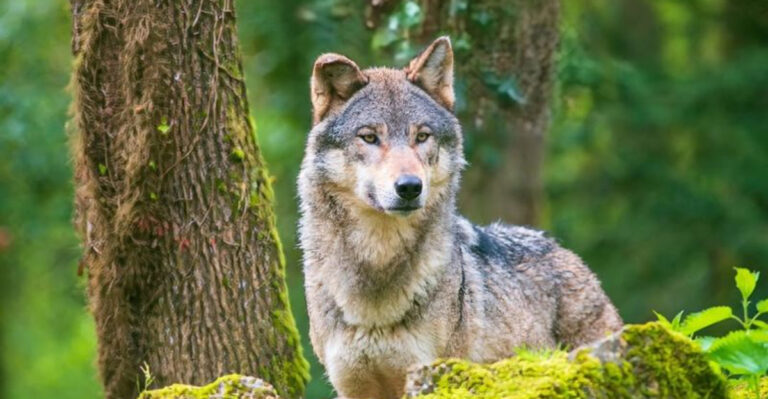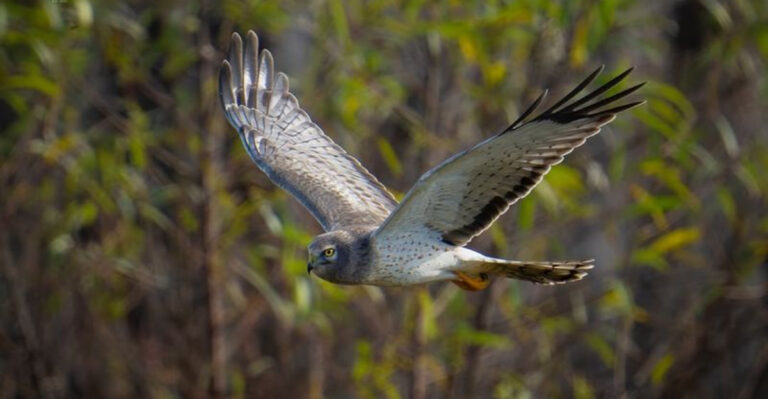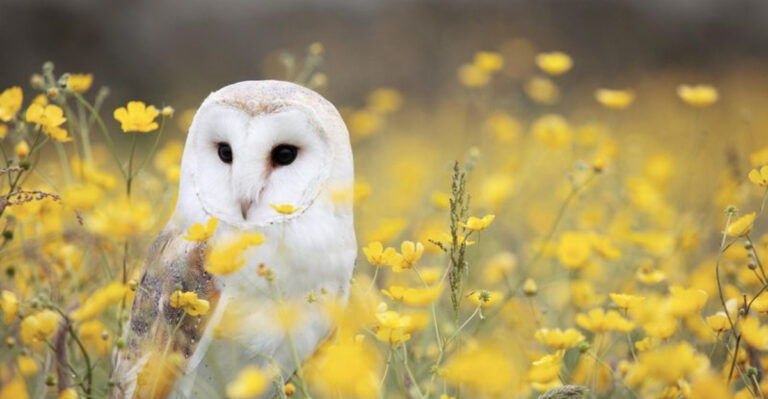18 Strange Animals Spotted Along The Appalachian Trail
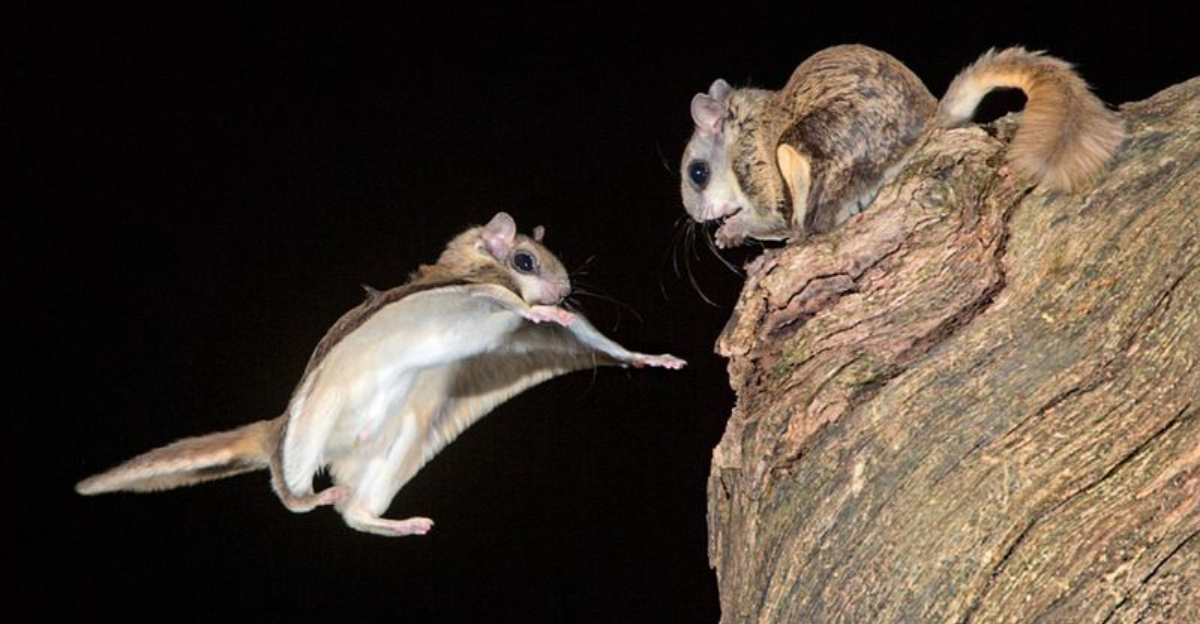
The Appalachian Trail is not just a haven for hikers but also a corridor of unique biodiversity.
Stretching over 2,000 miles across the eastern United States, this trail offers encounters with some truly bizarre and fascinating animals. From peculiar insects to strange mammals, the trail provides a glimpse into the variety and wonder of nature.
1. Eastern Spiny Softshell Turtle
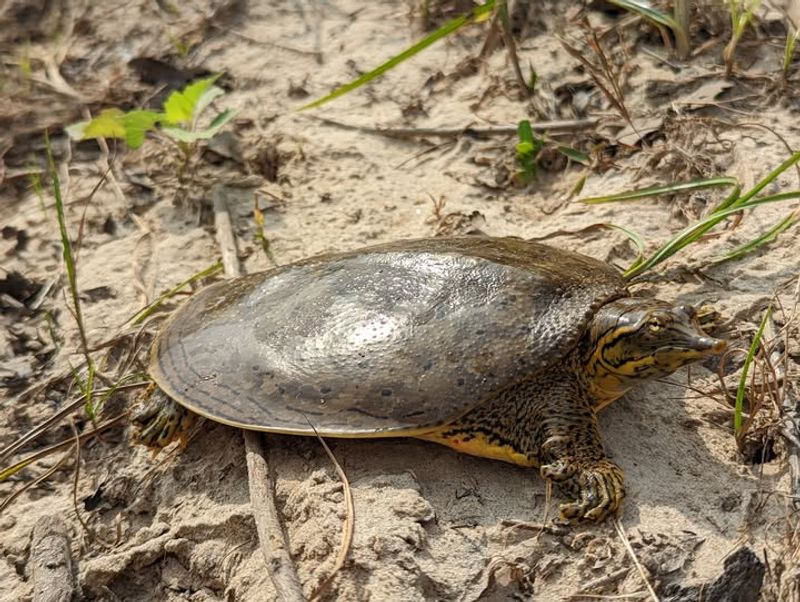
With its pancake-flat body and long snorkel-like nose, this aquatic turtle looks more like a creature from a sci-fi movie.
It’s incredibly fast in water and prefers sandy riverbanks, where it buries itself almost completely.
2. Allegheny Woodrat
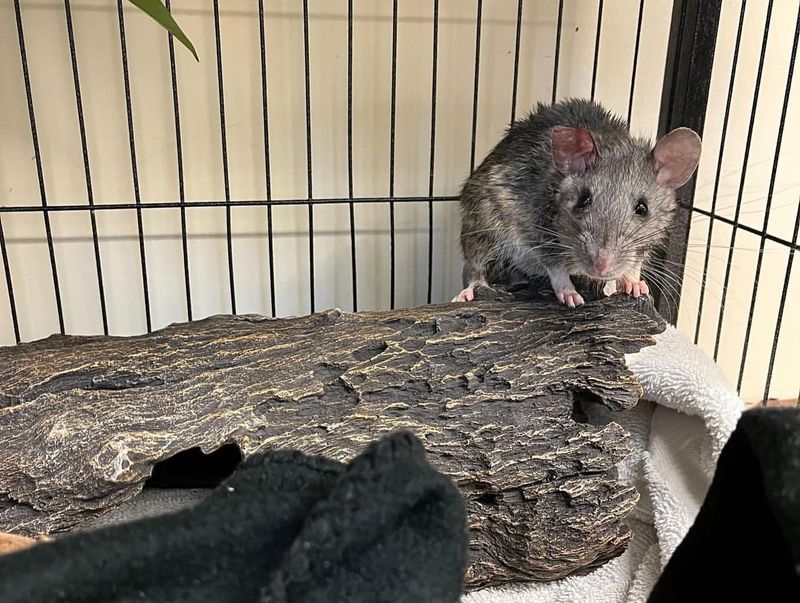
Unlike the common city rat, this native rodent is shy, bushy-tailed, and rarely seen.
Known for hoarding shiny objects in their dens, they’re more like packrats than pests. Their populations are declining, making sightings along the trail even more special.
3. Star-Nosed Mole
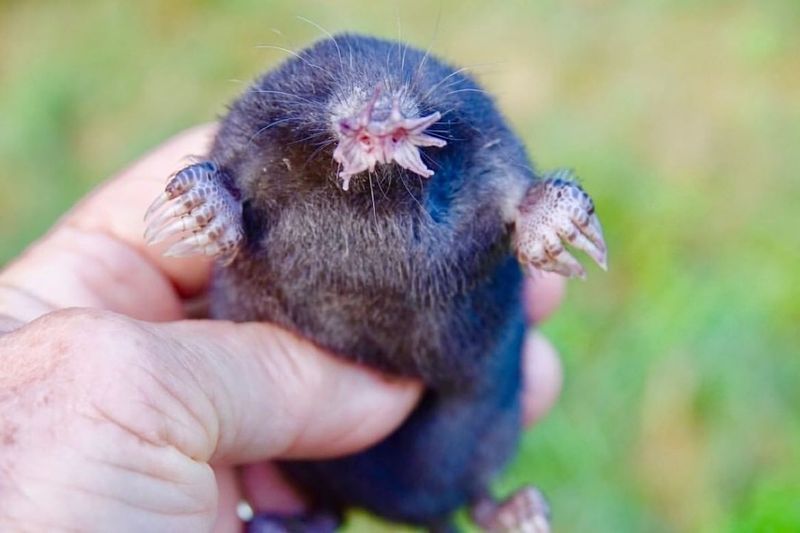
With a bizarre, fleshy star-shaped nose, this mole looks like something from another planet.
Its nose is packed with over 25,000 sensory receptors, making it one of the fastest foragers in the animal kingdom. Found in moist soils along the trail, it’s rarely seen but unforgettable when spotted.
4. Hellbender Salamander
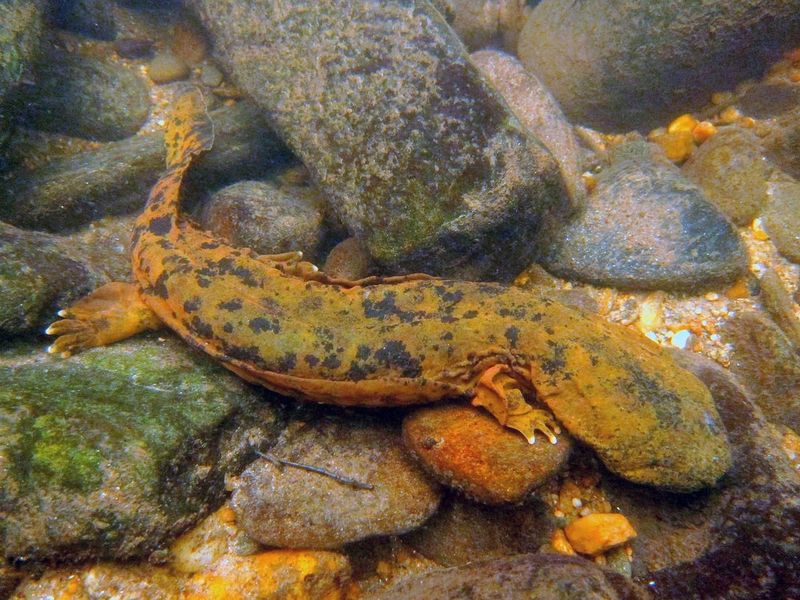
This giant aquatic salamander can grow up to 2 feet long and is sometimes called the “snot otter” due to its slimy skin.
It hides under rocks in clean, fast-moving streams and rivers. Though elusive, it’s one of the Appalachian region’s weirdest and most fascinating amphibians.
5. Appalachian Cottontail
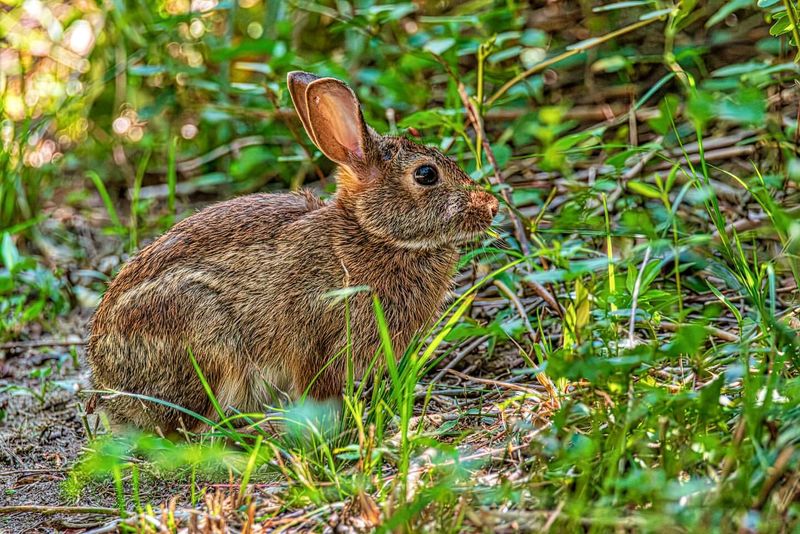
This rare rabbit is native to the high elevations of the Appalachian Mountains and is difficult to distinguish from its more common cousins.
It has shorter ears and a more secretive nature. Spotting one is a treat for sharp-eyed hikers.
6. Northern Flying Squirrel
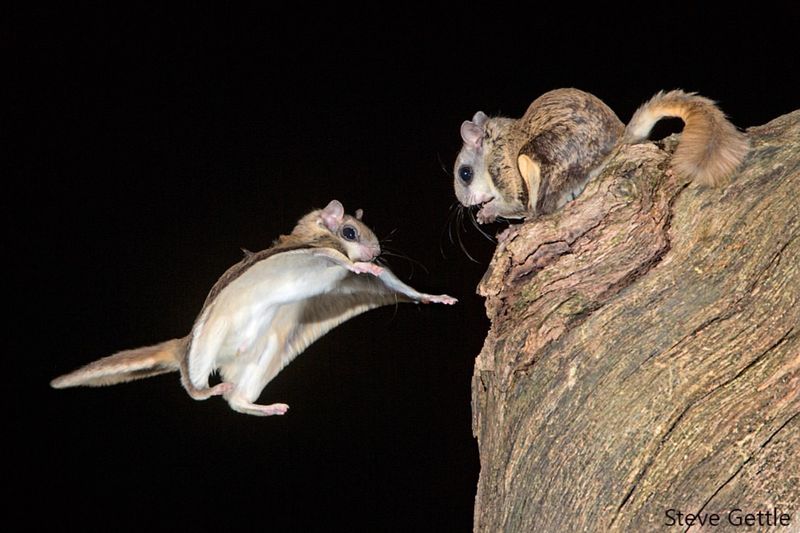
Despite their name, these squirrels don’t actually fly—they glide using a flap of skin called a patagium.
Nocturnal and shy, they’re most active at night and prefer the dense forests along the higher elevations of the trail.
7. Eastern Box Turtle
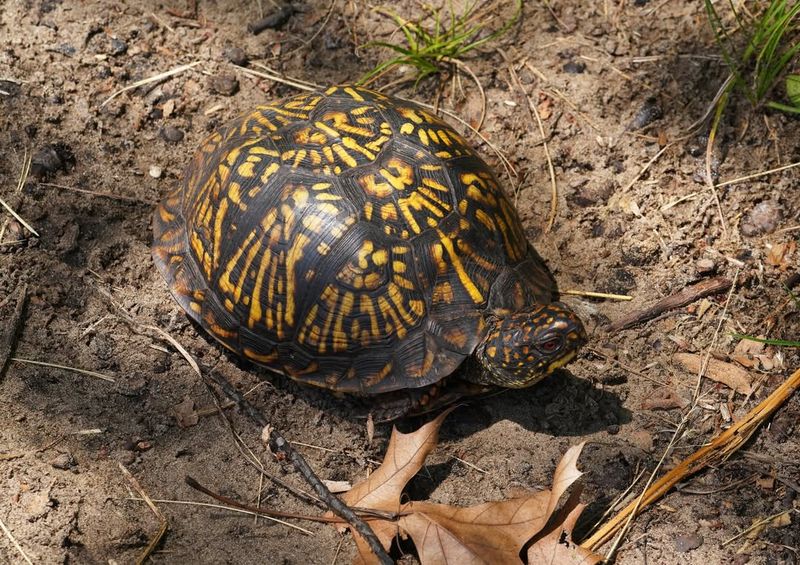
Easily recognized by its domed shell and bright markings, the Eastern box turtle is often seen crossing the trail after rainfall.
Its ability to completely seal itself inside its shell is a remarkable natural defense against predators.
8. Timber Rattlesnake
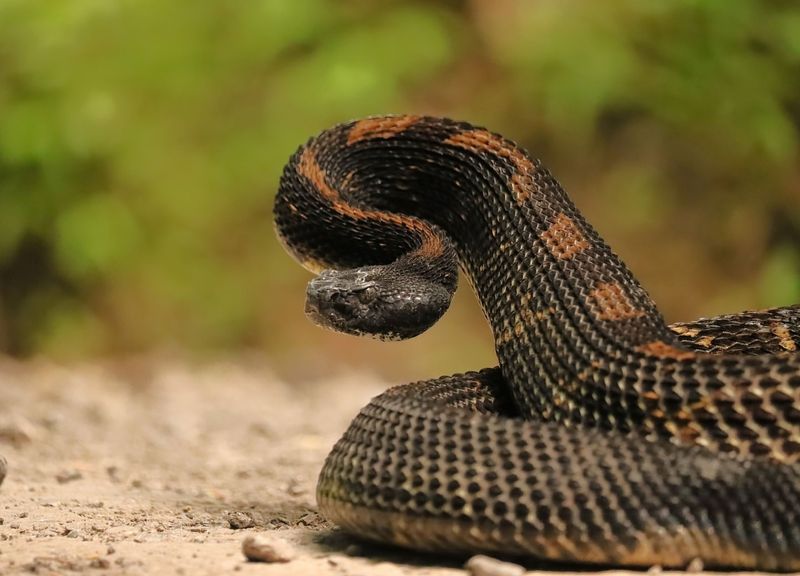
These venomous snakes are often well-camouflaged in the trail’s rocky outcrops and forest floors.
Although generally non-aggressive, they’ll rattle a warning if approached. It’s best to admire them from a safe distance.
9. Red-Spotted Newt
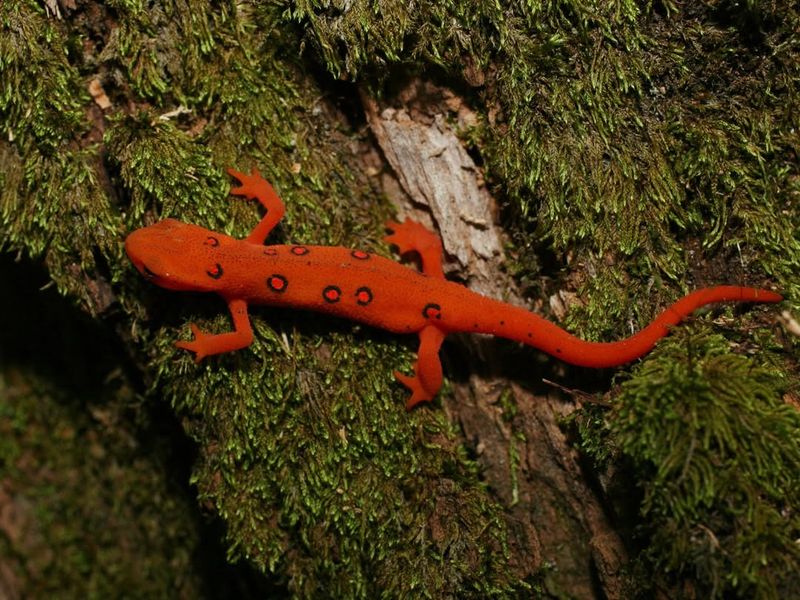
This vibrant orange amphibian is actually a juvenile phase of the Eastern newt, called a red eft.
It’s often spotted slowly crawling across damp leaves, and its bright coloring serves as a warning—it’s mildly toxic to predators.
10. Ruffed Grouse
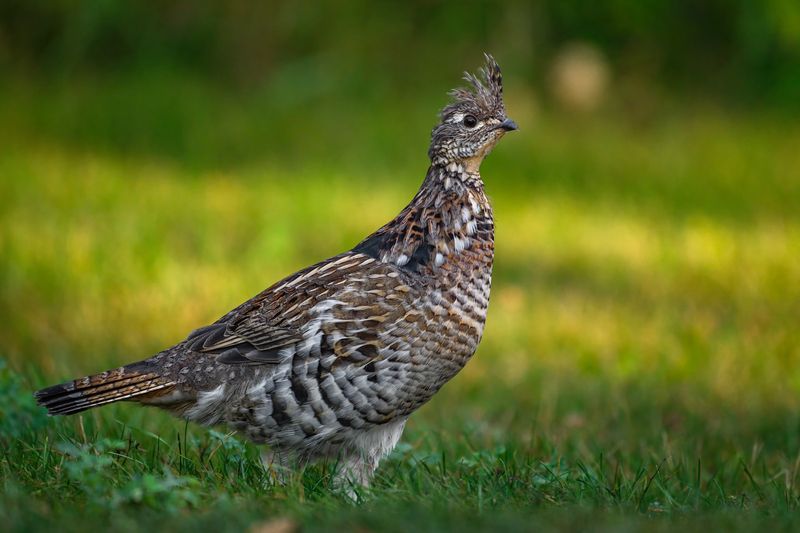
Known for their explosive takeoffs and drumming displays, these ground-dwelling birds are often heard before they’re seen.
They rely on camouflage to blend into the underbrush, making a sighting a special moment for observant hikers.
11. Wood Turtle

One of the more terrestrial turtles along the trail, the wood turtle is easily recognized by its sculpted-looking shell.
They’re smart for turtles—capable of learning routes and even simple problem-solving. They’re also a species of concern due to habitat loss.
12. Black-Throated Blue Warbler
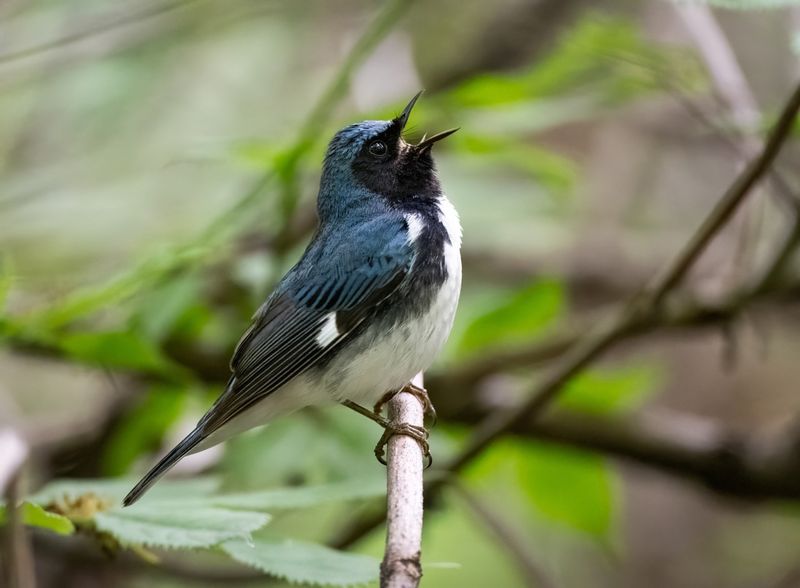
With its rich blue coloring and black throat patch, this warbler adds a splash of unexpected color to the forest canopy.
It breeds in the dense hardwood forests of the Appalachians and is known for its sweet, buzzy song.
13. Eastern Screech Owl
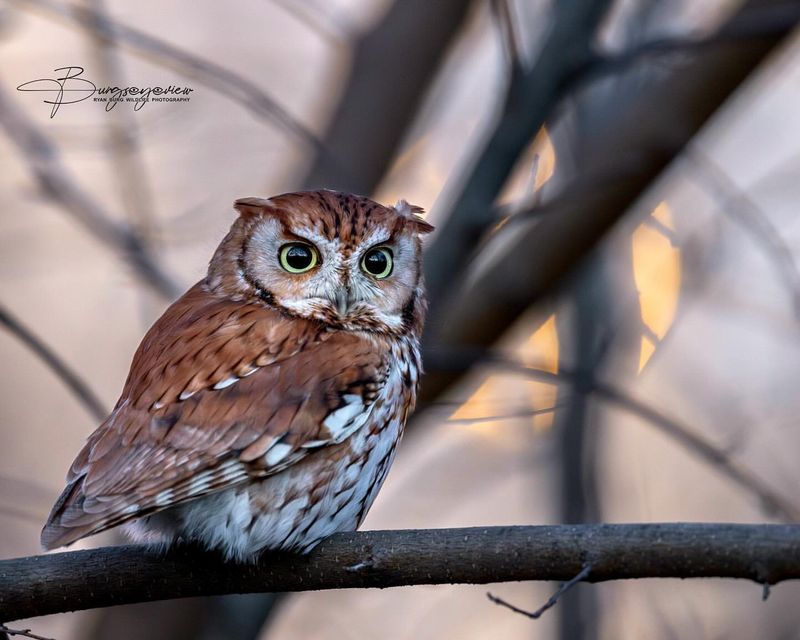
Small, nocturnal, and masters of disguise, screech owls can be tough to spot despite their eerie, trilling calls.
They blend perfectly into tree bark during the day, making twilight the best time to catch a glimpse.
14. Blue Ridge Two-Lined Salamander
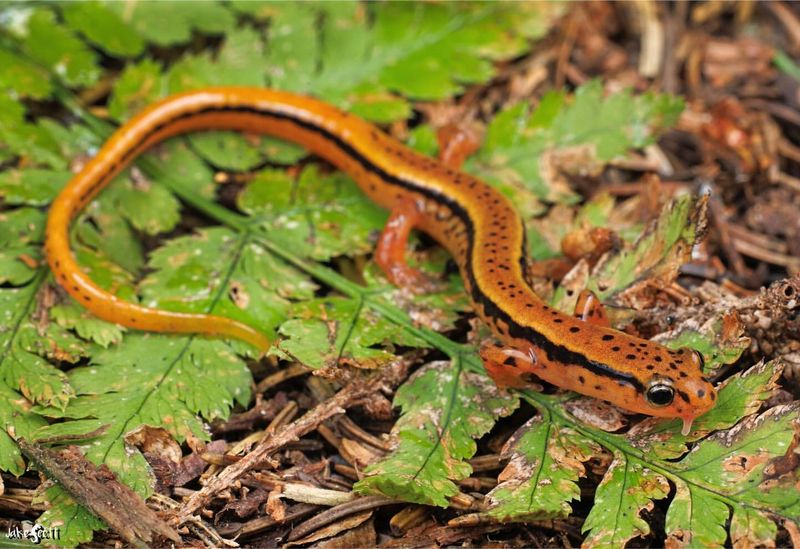
This small, slender salamander is native to the Blue Ridge Mountains and prefers cold, clear streams.
With its twin yellow lines and secretive nature, it’s a charming find under wet logs or rocks near the trail.
15. Copperhead Snake
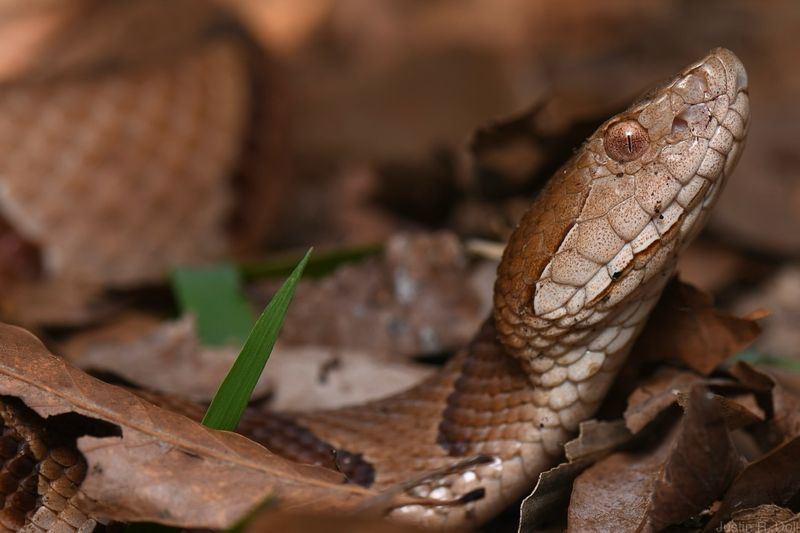
Well-camouflaged in leaf litter, the copperhead is a venomous pit viper with a distinctive hourglass pattern.
Though its bite is rarely fatal, it’s painful and best avoided—always watch your step in brushy areas.
16. Appalachian Tiger Swallowtail
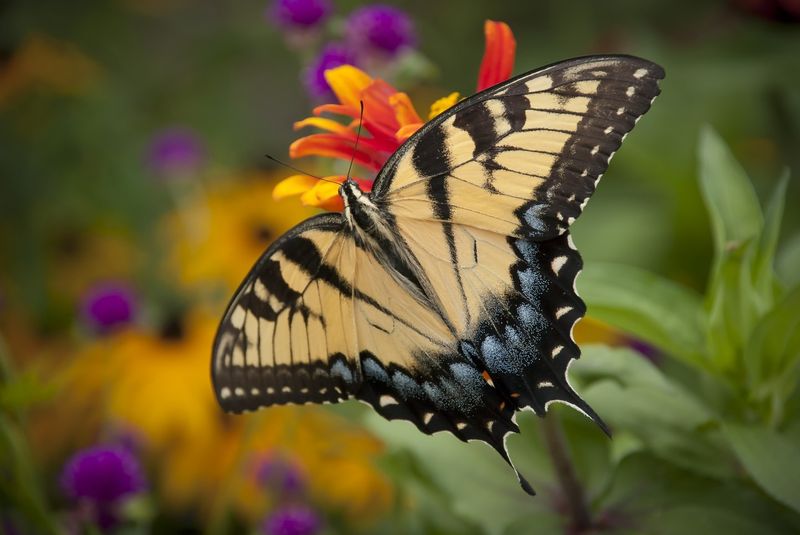
This stunning butterfly is a high-elevation specialist, with large yellow wings streaked with black stripes.
It’s most active in summer and often flutters near clearings or along sunlit portions of the trail.
17. Eastern Red Bat
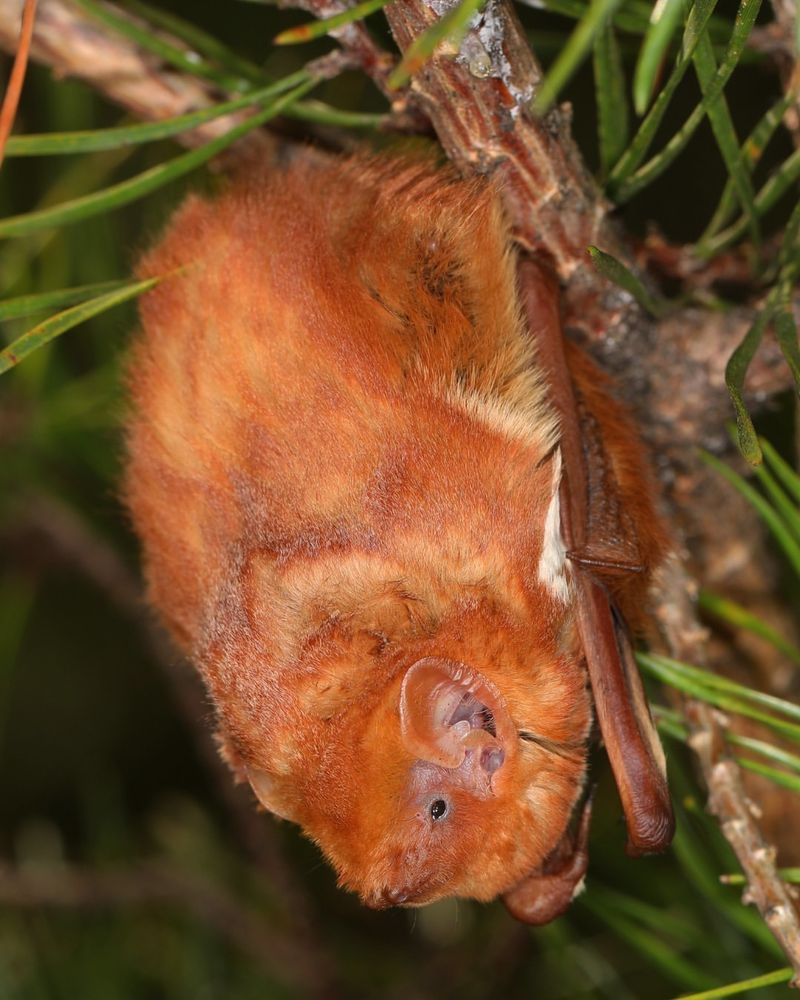
Roosting in tree foliage by day, this rusty-orange bat is often mistaken for a dead leaf.
At dusk, it becomes active, darting through the air in pursuit of insects. It’s a common but often unnoticed nighttime trail companion.
18. Shenandoah Salamander
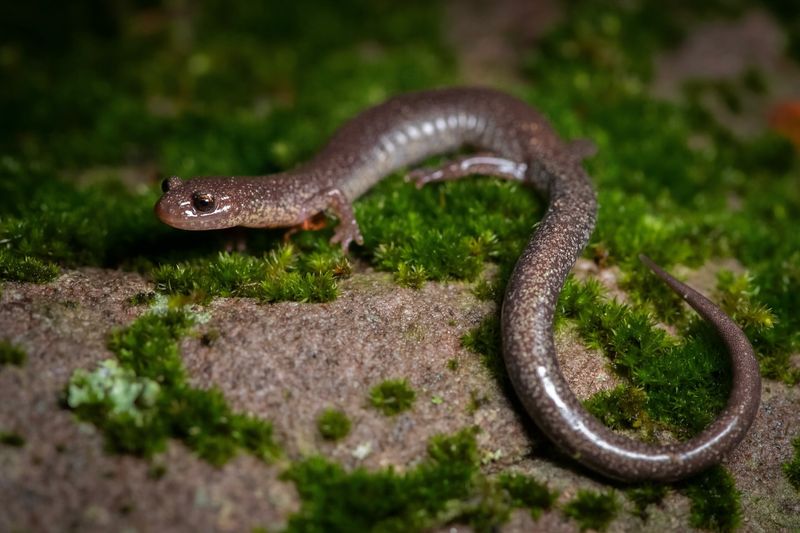
Endemic to a tiny region in Shenandoah National Park, this salamander is so rare it’s only found on a few isolated mountaintops.
It’s entirely lungless, breathing through its skin, and is considered endangered due to its limited range.



